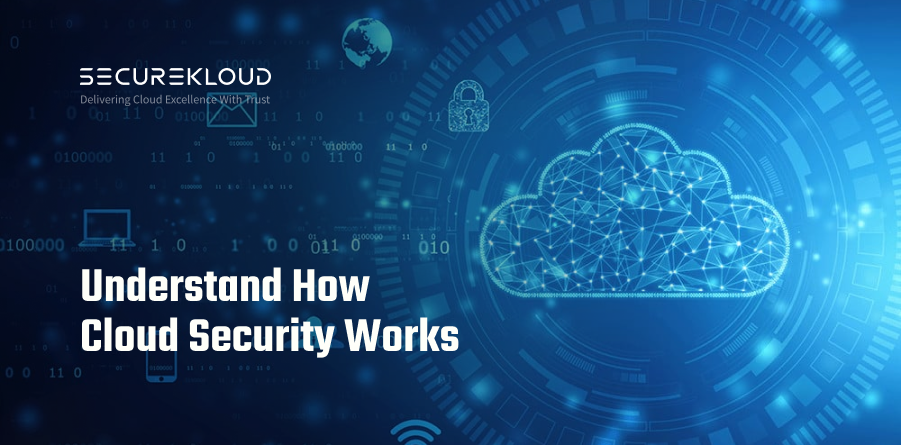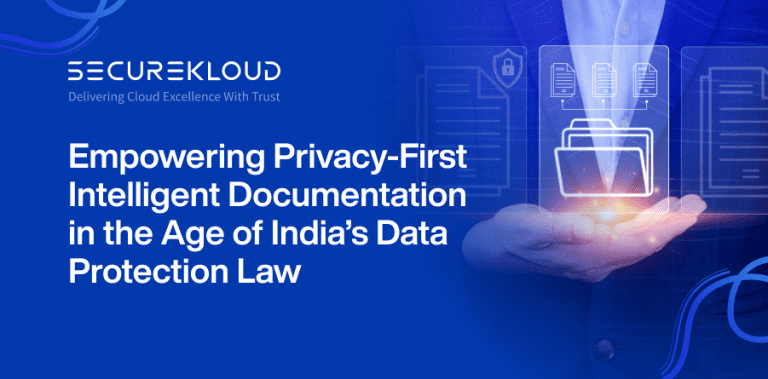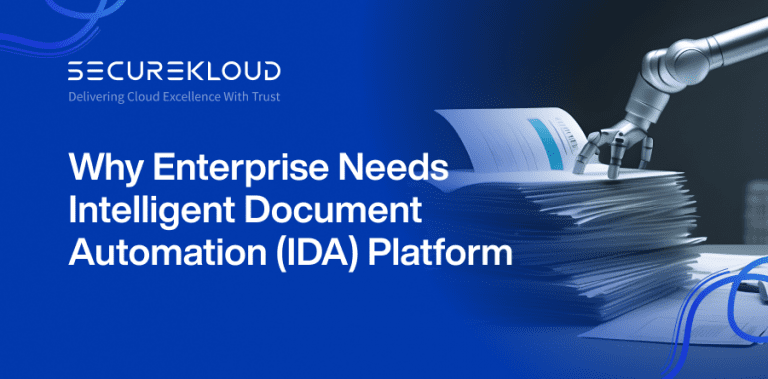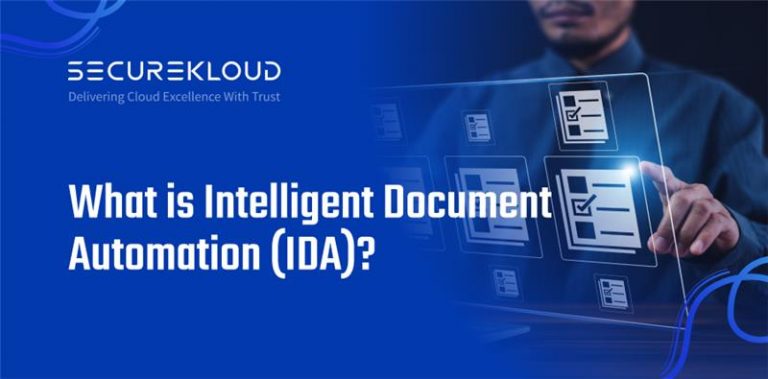- 4Minutes
- 729Words
- 4Views
In recent years, cloud computing has become increasingly popular for its flexibility, scalability, and cost-effectiveness. However, with the benefits of cloud computing come new security challenges. As data and applications are moved from traditional on-premise environments to the cloud, the need for robust cloud security measures becomes crucial. In this blog, we will explore how cloud security works and what measures are put in place to ensure the protection of data and applications in the cloud.
What is cloud security?
Cloud security is the set of procedures, technologies, and policies put in place to protect cloud-based systems, data, and infrastructure from threats, unauthorized access, and cyber attacks. It is a shared responsibility between the cloud service provider (CSP) and the cloud user. The CSP is responsible for the security of the cloud infrastructure, while the cloud user is responsible for securing their data, applications, and access to the cloud.
What are the Cloud Security Risks?
With the increasing use of cloud services, there has been a rise in cloud security threats. Here are some of the most common cloud security risks that organizations face:
Data breaches: The risk of data breaches is a major concern when it comes to cloud security. Hackers can gain unauthorized access to sensitive data stored in the cloud, leading to data theft, identity theft, financial loss, and reputational damage.
Insider threats: Insider threats can also pose a risk to cloud security. Malicious insiders can access sensitive data or sabotage cloud infrastructure, causing significant damage to an organization.
Lack of visibility: Another challenge with cloud security is the lack of visibility into the security controls of cloud service providers. Organizations may not have full control over their data, making it difficult to manage security risks.
Inadequate security measures: Cloud service providers may not have adequate security measures in place, leaving organizations vulnerable to cyber-attacks. For instance, weak passwords, lack of encryption, and unpatched systems can all pose a significant risk.
How does cloud security work?
To understand how cloud security works, it’s essential to know how the cloud works. In a cloud computing environment, data and applications are stored on servers that are hosted by a CSP. The CSP provides access to these resources over the internet, and users can access them from anywhere using an internet-connected device.
Here are some of the essential measures that cloud service providers use to ensure cloud security:
Encryption: Encryption is the process of converting data into a code to prevent unauthorized access. CSPs use encryption to secure data while it’s in transit and at rest. Encryption keys are used to encrypt and decrypt data, and these keys are managed and stored by the CSP.
Access Control: Access control is the process of ensuring that only authorized users can access cloud resources. CSPs use access control policies and mechanisms to restrict access to sensitive data and applications.
Identity and Access Management: Identity and Access Management (IAM) is the process of managing user identities and their access to cloud resources. IAM systems enable CSPs to create, manage, and revoke user accounts, assign privileges, and enforce authentication policies.
Firewall and Intrusion Detection and Prevention: Firewalls and Intrusion Detection and Prevention Systems (IDPS) are used to monitor and block unauthorized access to the cloud infrastructure. Firewalls are used to filter traffic based on predefined rules, while IDPS is used to detect and prevent attacks in real-time.
Security Information and Event Management: Security Information and Event Management (SIEM) is the process of collecting and analyzing security-related data from multiple sources to identify security threats and vulnerabilities. CSPs use SIEM to monitor and respond to security incidents and events.
Backup and Disaster Recovery: Backup and Disaster Recovery (DR) is the process of creating copies of data and applications to protect them against data loss or corruption. CSPs use backup and DR solutions to ensure that data and applications can be quickly recovered in case of an outage or disaster.
Conclusion
Cloud security is a critical aspect of cloud computing that requires a shared responsibility between the cloud service provider and the cloud user. CSPs use various measures such as encryption, access control, IAM, firewall and IDPS, SIEM, backup, and DR to ensure the security of the cloud infrastructure. As a cloud user, it’s important to understand the shared responsibility model and implement appropriate security measures to protect your data and applications in the cloud.







